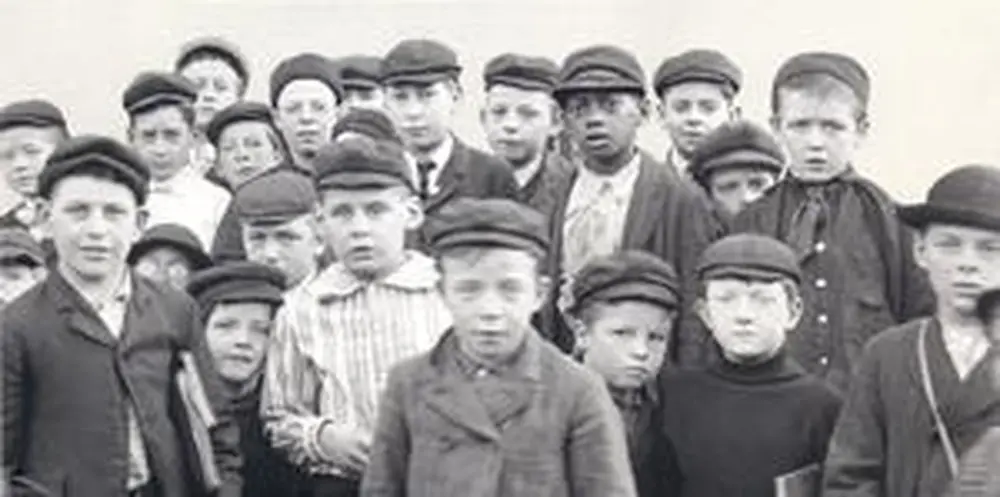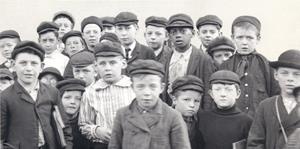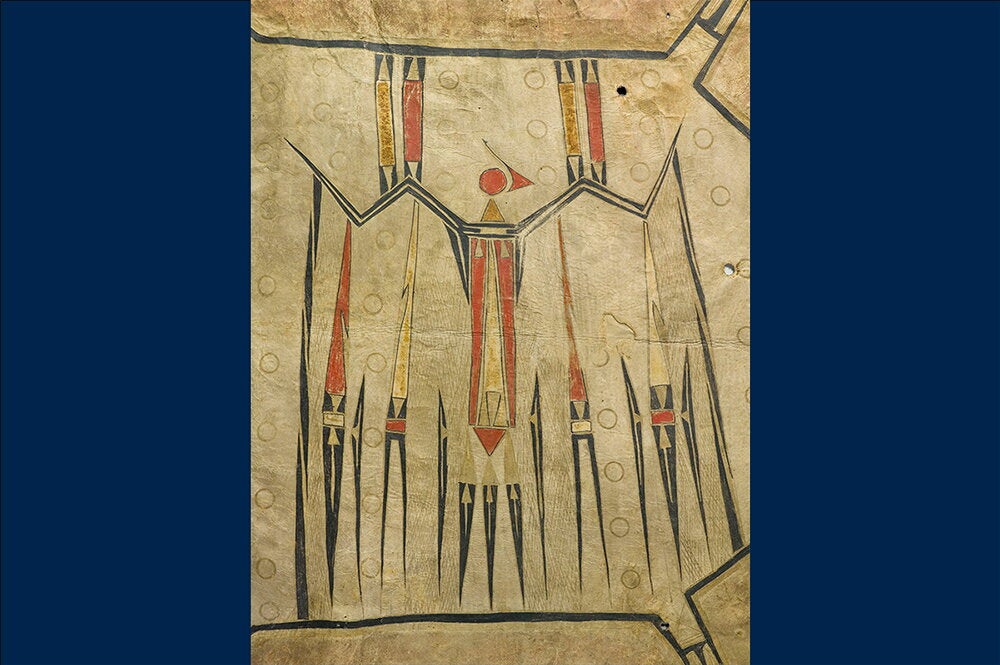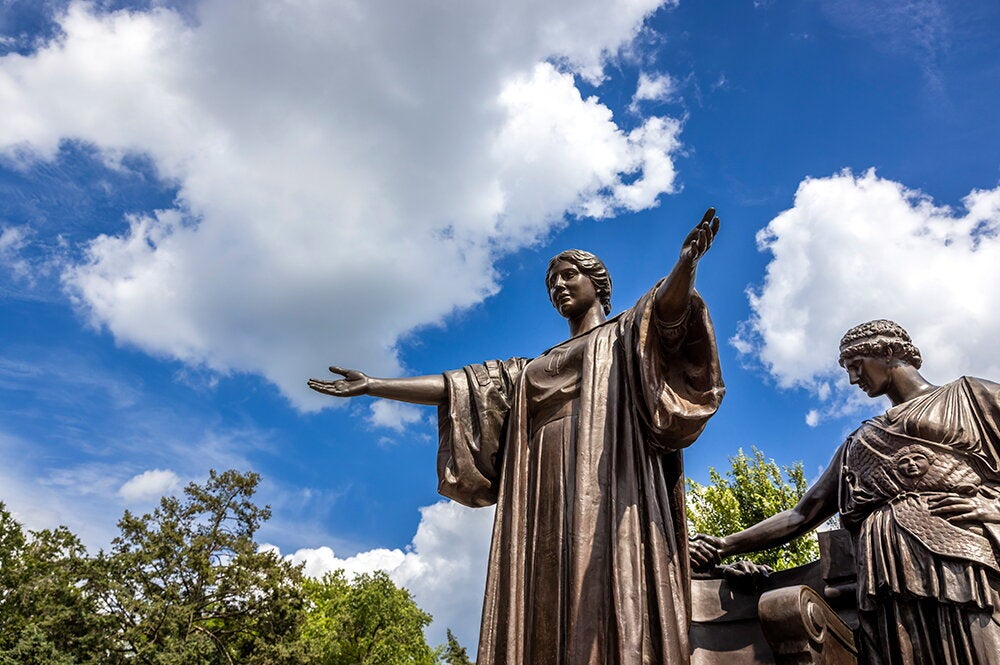

The Irish were essentially America’s first ethnic group, with more than 3 million flooding into the United States between 1840 and 1890. By 1900, in fact, there were more Irish in America than in Ireland.
The Irish also became the model for other ethnic groups that followed, says University of Illinois historian James Barrett. As new immigrants from Europe arrived by the millions between 1890 and 1920, they encountered the Irish—Irish police, politicians, saloonkeepers, teachers, priests, union bosses, and gangsters.
As Barrett puts it, the newer immigrants had to deal with entrenched Irish Americans, whether they “wanted to save their souls, get a drink, find a job, or walk around the corner.”
When the Irish first arrived, they faced hostility and prejudice and often were lumped in with African Americans at the bottom of the social order. But these struggles “produced a culture that mixed aggressiveness, a sentiment of grievance, a sensitivity to slights, and, above all, a strong instinct to survive,” according to Barrett.
The Irish recognized they needed to succeed as a group, so they developed defensive strategies and built organizations and institutions, notably the Catholic diocese and its allied organizations, the urban Democrats and the city labor movement.
In the competition for power and resources, entrenched Irish often excluded others from neighborhoods, jobs, political slots, and positions within the church. But Barrett says the Irish also helped newer arrivals adapt to the urban environment. Organizations that the Irish formed to fight anti-Irish discrimination were later adapted to fight immigration restrictions, the Ku Klux Klan, and intolerance against all immigrants.
Other groups also learned from the Irish how to form their own networks and institutions, so the Irish played a vital role in “Americanizing” newer arrivals.
“A legacy of real and imagined slights shaped Irish Catholic consciousness,” Barrett says. “They told themselves and others that their success was hard-won, that they must stick together and take care of their own.”


